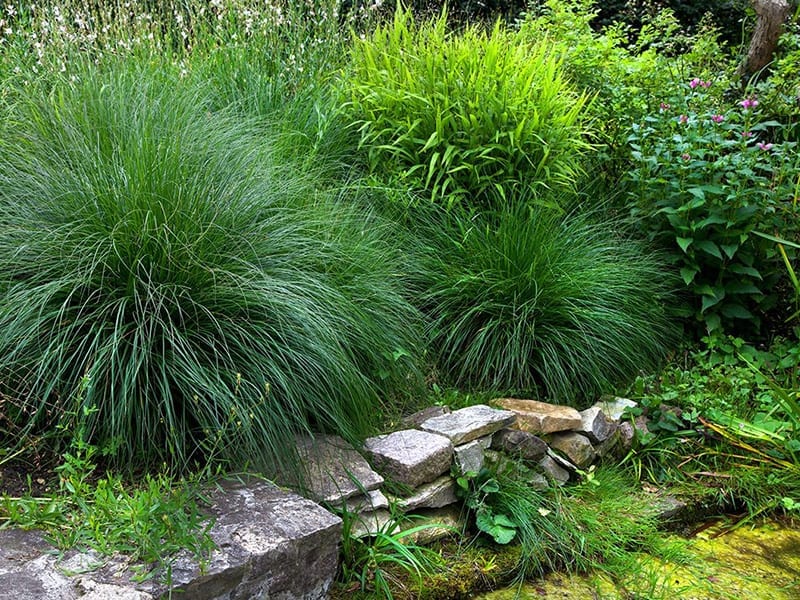As you stroll through your garden and admire your flourishing perennials, this is the perfect opportunity to evaluate what needs more space, which areas could use filling in, and where a fresh touch of color might help. Perhaps one section is overwhelmed with pink, or certain plants are beginning to lose their shape due to overcrowding. Now is an ideal time to plan your strategy to divide and refresh your landscape.
Why Divide Perennials?
Dividing perennials keeps your garden healthy and attractive. Over time, many perennials grow so large that they begin to crowd themselves and neighboring plants. Without enough space, blooms may decrease, and plants can lose vigor. By dividing perennials, you rejuvenate them, promote better flowering, and create more plants for free.

Hosta

Liriope
Best Time to Divide: Summer and Fall Favorites
Summer is a great season to divide certain perennials, especially daylilies and iris. Once they finish blooming, dig up the entire plant—or just a portion—trim back spent flower stems, and neaten the foliage. Then, divide and replant in a sunnier spot or an area that needs a boost. Doing this in summer allows the plant to re-establish roots and begin new growth well before fall arrives.
Hostas can also be divided in summer, although many gardeners prefer to tackle them in early fall. Why? Because the leaves stay intact throughout the season, offering full enjoyment of their beauty. Plus, fall’s warm soil and cooler air provide excellent conditions for transplanting. No matter when you divide, be sure to water thoroughly and mulch generously to lock in moisture and suppress weeds.

What About Ornamental Grasses?
Ornamental grasses are a special case. These perform best when divided in early spring, just after you cut back old growth but before new shoots appear. Allowing the grasses to stand throughout winter adds beauty to your landscape and also protects the crown from snow and frost. Come mid-March, it’s time to trim and prepare for division.
Make Room for Something New
After replanting your divided perennials, consider leaving space for a new favorite plant—something that will make you smile every time you see it. Garden planning isn’t just about maintenance; it’s about inspiration and growth. Dividing perennials gives you a chance to refresh your landscape and reimagine your space.
Additional Information:
